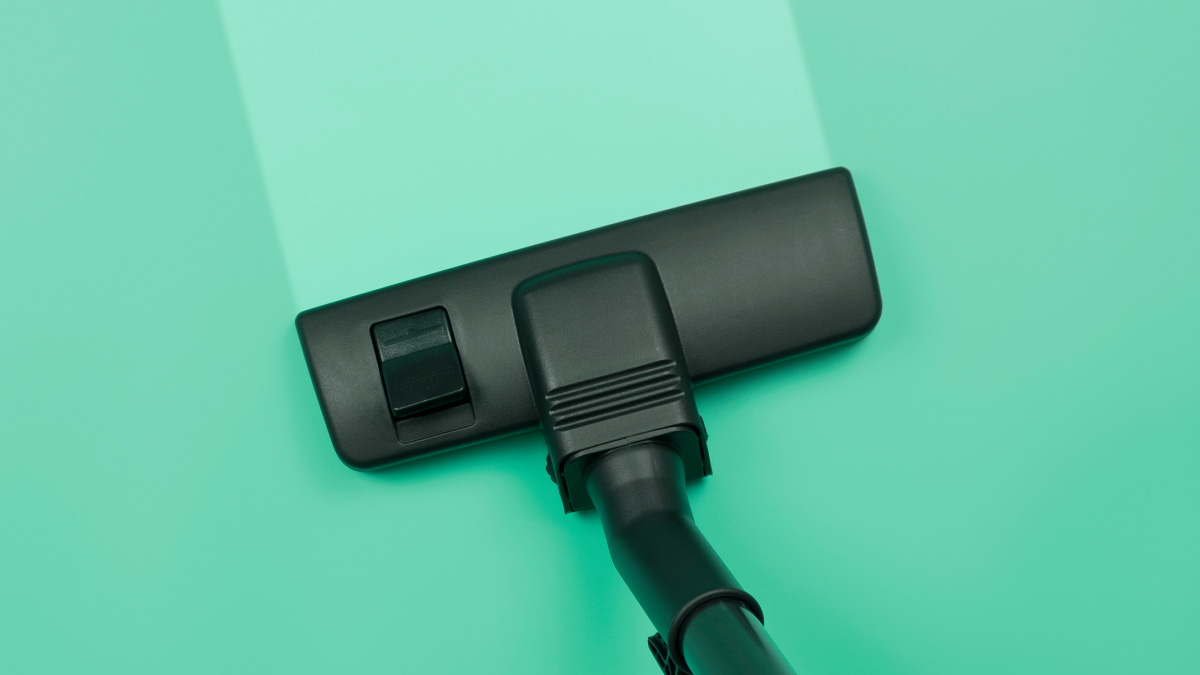Big Blue Blog - Vacuum Systems
 BlogCleanroomPPE/Textiles06.10.2022
BlogCleanroomPPE/Textiles06.10.2022
Vacuum cleaning usually provides the first stage of cleanroom cleaning and is used to remove visible material from surfaces such as floors or machinery.
There are two main systems used in cleanrooms and both are often used in the same facility for different tasks and areas;
- Portable cleanroom vacuum cleaners
- Built-in vacuum cleaning systems
Portable Vacuum Cleaners
These machines are simply plugged into an electrical supply and used by the operator in a specific location. This gives easy access to areas and allows cleaning staff to use one machine in a variety of situations and with different nozzle attachments. The cleaners are available in a wide range of sizes, types and costs including wet and dry vacuum systems. To be compatible with cleanroom use portable vacuum cleaners must be easily cleanable and no part of the machine or its attachments should produce any contamination or damage to cleanroom surfaces. Equipment with electro-static dissipation properties is available.
To control particulate dispersion from the vacuum airflow HEPA or ULPA filters are fitted to the machine. These can be attached to the motor, exhaust line or both. Whatever configuration of portable vacuum cleaner is chosen it must be compatible with the cleanroom in which it is to be used. Great care must be taken when opening and emptying these cleaners to minimise contamination to the area, the user and the machine itself. Periodic checking of the HEPA or ULPA filters is required to confirm correct operation.

Built-in Fixed Vacuum Cleaning Systems
Central vacuum cleaning systems are extensively used in large cleanrooms with all waste removed to a remote central collection point. Vacuum tubing is connected to wall mounted ports and so no exhaust air is returned to the room.
Wet or dry systems can be installed. When designing a built-in system care should be taken to site the vacuum ports in positions which will enable staff to easily access surfaces to be cleaned without needing excessive lengths of vacuum pipe.
